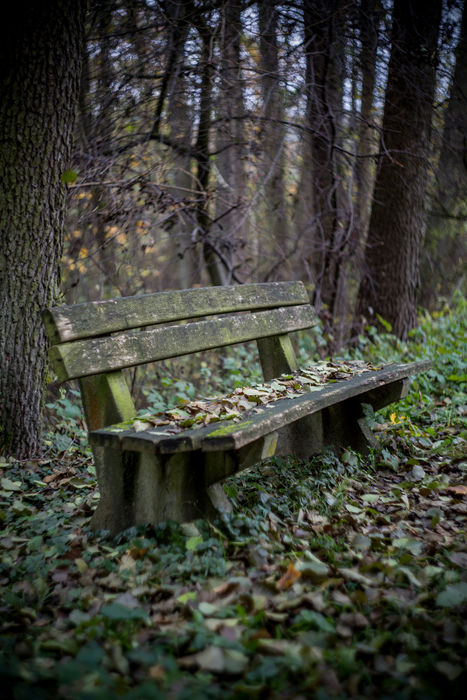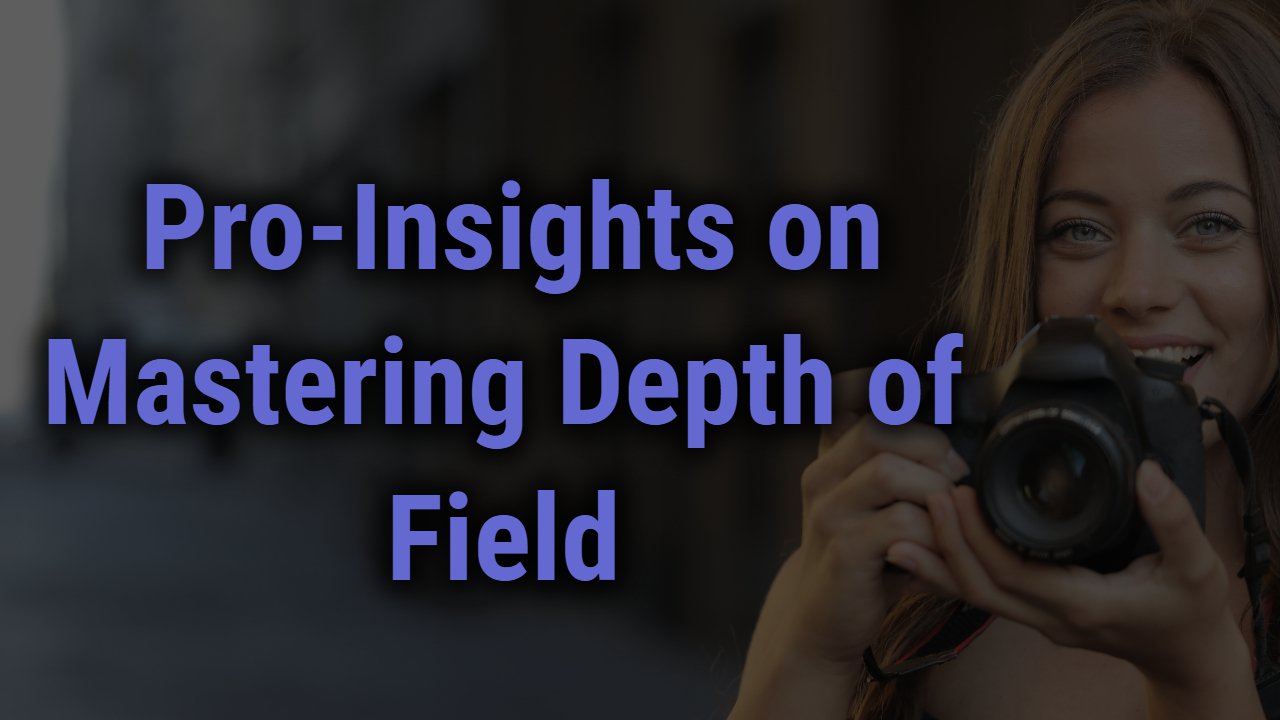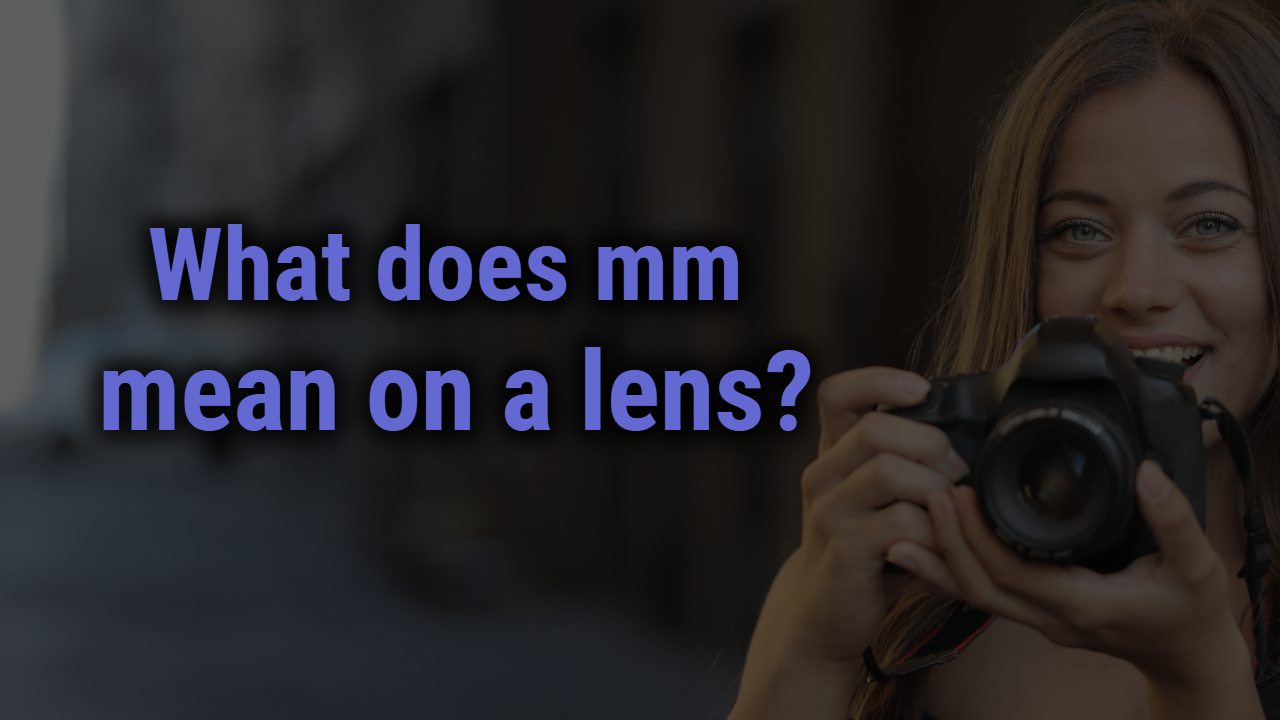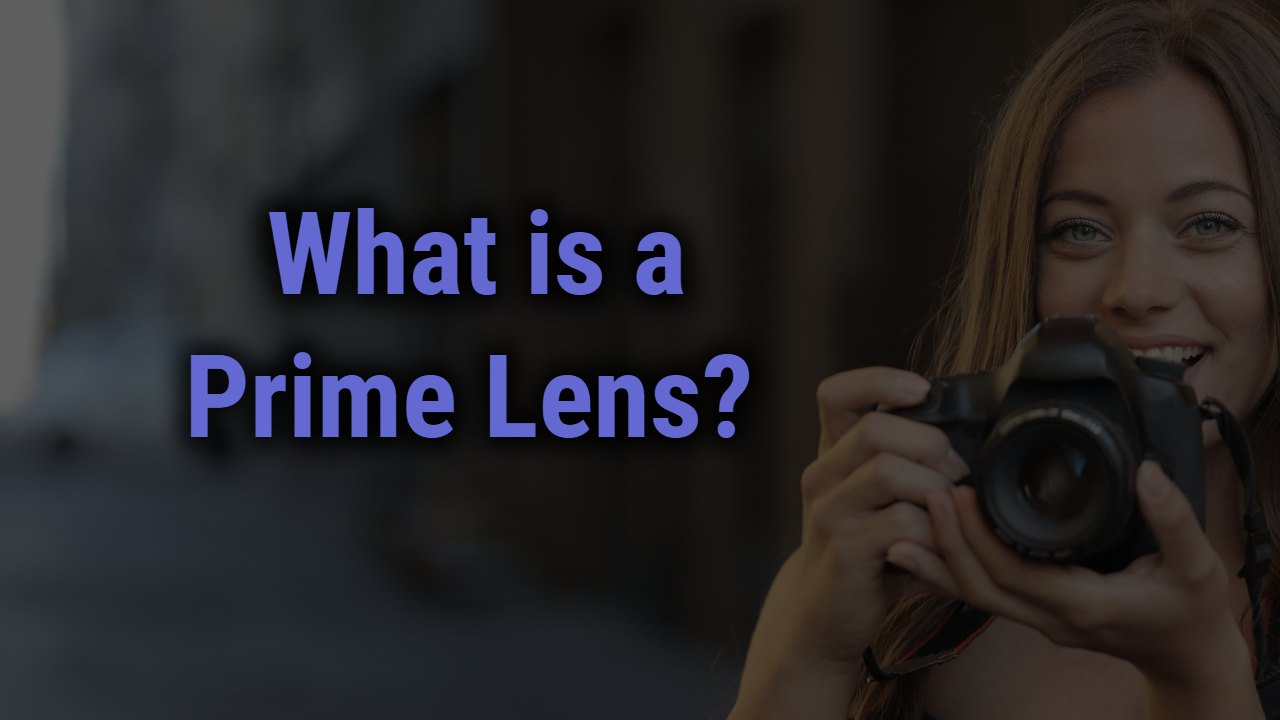Passion or profession, one thing every beginner photographer craves is professionalism, clarity, and luxury smoothness in their shot image.
However, in the way of chasing this significant quality in your image, there are a few dominant concepts you need to indulge in, such as composition, aperture, good lighting, and a great deal of depth of field.
Depth of field is one of the trickiest concepts in photography that have the potential to turn your regular photography into a skilled result. Most filmmakers believe that understanding the broad version of the depth of field gives you the insight to follow more creativity in the image, but we have got a little extra for you.
Apart from the basics, we present the facts, tips, and measures you can imply to master the depth of field in photography and flaunt more pro-leveled shots.
This Post Contains
What is Depth of Field?
There’s a detailed theory about the Depth of field that might complicate things for you; So, keeping it simple in basic terms, the Depth of field is the amount of area in the center focus in the image.
Going into brief, it defines the distance between the closest and the farthest subjects in your frame that tend to be sharpest.
Looking this way, when you first glance at any image, the depth of field is where you start seeing the first point of focus to the extended distance of the end of the focus. The depth of field area is usually measured in feet or meters.
A better understanding of depth of field is one of the crucial factors to conquering the professional photography elements and maintaining quality and stability in the image.

Types of Depth of field to use for the quality picture
Two of the significant depth of field we need to learn to master the results
Large DOF– Similarly, a Large depth of field signifies the greatest DOF or focus; or the broadest distance in your frame that intends the sharpest and focused. It is merely found in landscapes or wide-angle filming shots. It is also referred to as deep or great DOF
Shallow DOF– Cleared by the name, Shallow Depth of field is the shortest DOF, which means the distance between the nearest and farthest subject that acceptably comes in sharp focus is extremely short. In simple words, a very small area in your frame will be in focus with the Shallow DOF. It’s also called Short or Narrow DOF.

There is no such thing as the best type of DOF; it usually depends on the photography style and the subject vision according to your creative expectation.
One must know where to use the large and shallow depth of field in order to achieve impeccably flawless results. Larger DOF can be used for catching close-range portrait shots or sharp subject details with centered focusing.
While the Large focus catches the best landscape shot with equal sharpness in the frame. Choose wisely for better results.
Know Why Depth of field is important in photography?
Knowing a better version of the depth of field is significantly important in photography; this adds interest to your photos. This gives control to make the subject pop-up clear and sharp by creating a shallow or larger DOF.
An impression to bestow flawlessly clear footage with the better skill of what or what not to keep in focus. Depth of field is quite useful for portraiture and landscape to catch the subject longer with precise detail; it is great for wildlife photography and landscape for a better view with artistic abilities.
Factors that get affected by Depth of Field
Depth of field can change the perspective of your photography; raise your skill to the utmost level. But you must carefully know the secret tips and hacks to manage the DOF settings. A few essential photography elements have a serious impact that modifies your DOF result. Let’s dig in to know them.
Aperture– You must be familiar with the term aperture, the hole that allows a certain amount of light to enter the in-camera lens; the bigger hole gets maximum light while the smaller one gets lesser light. Know that DOF is directly proportional to the aperture, which means you must carefully pick up on the aperture (f-stop number) in your desired sharpness and relevant focus in the image.
Lower F-stop number (wide aperture) = Shallower (short) Depth of field)
Higher F-stop Number (narrow aperture) = Large (Great) Depth of field
Focal Length– Apart from the camera and subject distance, the depth of field also gets affected by the simple focal length figure. The study proved that the short focal length is a determinant of having a deeper depth of field, while the longest focal length has the smallest DOF. So again, opt for the shortest focal length to trap the sharpest details in the image.
Shorter focal length = Great DOF
Longer Focal length = Smallest DOF
Sensor size– Another key card in the better depth of field results in the image being played by the sensor size of the lens. The range of the camera’s sensor size also determines the amount of depth of field you will receive in the image. The camera sensor with the smallest size likely has a larger depth of field at the same effective focal length (meaning with the same size of view). So keep this in mind while filming.
Distance– Distance is another crucial factor to consider and pick up precisely if you want to achieve better DOF results in the image. This distance usually refers to the position of the camera. Know that the nearer the camera is placed to the subject, the shorter the depth of field will be achieved. For instance, you will get a short sharp in the frame if you choose a 1-meter camera distance from the subject; while increasing that to 1.5mm, you get better sharpness and visibility of required details in the frame. So keep the camera from a relevantly farthest distance (not much closed) to get a better shot.
Depth of field and camera setting moderation
Depth of Field might be tricky, but the smooth controls and adequate range give out jaw-droppingly beautiful shooting footage. There are some unknown but powerful camera factors you can learn to skill your DOF.

Camera tech specification – As we already mentioned, the camera sensor size can affect the depth of field quality. But apart from them, camera lens type, lens focal length, and crop factor also play a hand in giving out a clear and concise DOF range in the frame. Keep track of these for mastering the DOF in filmmaking.
Camera presets– You can achieve better DOF without interrupting the camera settings with the special Camera’s Priority mode. Some cameras with this exclusive inbuilt feature allow you to manage control over the aperture through an intuitive dial, which keeps the camera’s other settings untouched. So if available, always manage the setting through this aperture priority mode for the best outcome.
Camera settings – The modification and managing of the depth of field in the setting unintentionally disturb the camera’s real settings, like the aperture. So do not forget to adjust the camera settings accordingly whatsoever is needed for better clarity (ISO, shutter speed, and sensitivity) to avoid interference and distorted results.
How to control and conquer the Depth of the field like a pro?
One of the most prominent ways of controlling the depth of field for better results is by adjusting your aperture. An aperture can be adjusted simply via configuring and managing the F-stop number.
However, apart from these, certain other things play their part in adjusting focus points or creating a broader depth of field.
Shooting Hyperfocal distance – Shooting at a Hyperfocal distance also gives a strong professional impression of Better DOF. Hyperfocal distance is stated when the lens is focused at the hyperfocal distance, and everything else that falls out from any certain distance from the other half of this distance eventually finds its way to be acceptably sharp. Shooting at hyperfocal distance intentionally maximizes the depth of field, and the maximum depth of field equals a better image quality.
Polishing Background– Even with the shallow depth of field, one can achieve an effective result by taking care of the background. Shallow depth of field is useful for shooting with a distracted or crowded background. So, when practicing the depth of field, you can keep a certain distance between the subject and the background by adjusting the camera distance. Remember, the bright subject in the background, the bumpy object in the back, or the trickiest uneven interest can also bestow a distracting background.
Focus and Recompose Strategy– Another mastering hack for the DOF is the focus and recompose method; This is a traditional hack used when a person uses the camera’s focus point to find another focus. Once the focus was found, then the user got to recompose the shot by sticking the focus button down. This technique makes sure that the focus is targeted and achieved. This tactic gives out fresh and better DOF results.
Staying away from Circle of Confusion – Circle of Confusion is legendary trouble reported by photographers practicing depth of field. The COC is nothing, just the more intensified version of blur spot. So don’t fear it while using the DOF; calculate the COC’s diameter with the other setting to avoid unnecessary chaos.
Final Words
Depth of field can be taken accountability for opening the new creative possibilities of shooting professionalism; with the adequate engagement of proper DOF, you get to enjoy the nice blurry background with proper lighting in every clean, crisp shot.
Now, you know, so nothing’s standing in your way of conquering the filming world.
The key to prominently pro photography is understanding the depth of field you have learned earlier, but more importantly, you need to implement that in your next shoot and see the result by yourself.
So now is the time to learn the fundamentals, master your depth of field skills and show the world how it’s done; the impeccable framing of the world.




